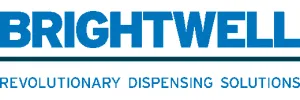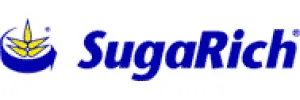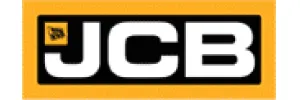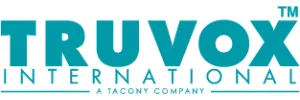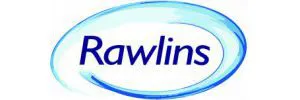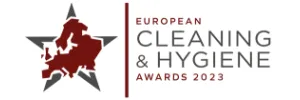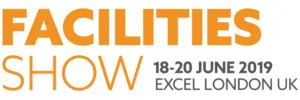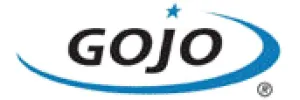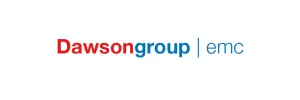News & Insights
Read the latest news from us and our clients across the globe

Posted on 27 July 2016 by adtrak.admin
Calling time on the deep clean
There’s a profound problem with most cleaning regimes, says James White, managing director of Denis Rawlins Ltd. Time and money are being wasted on ineffective daily cleaning and deep cleans that should be unnecessary.
 We all know that in any business time is money, but in cleaning it’s doubly true. Most cleaning tasks are labour-intensive, so wage costs typically account for three quarters of a building’s cleaning budget.
We all know that in any business time is money, but in cleaning it’s doubly true. Most cleaning tasks are labour-intensive, so wage costs typically account for three quarters of a building’s cleaning budget.
The other big cost factor that is time-related is the time-honoured deep clean. A facility may be cleaned daily or at least regularly. But periodically – it might be every quarter or annually, depending on the facility and how intensively it’s used – a more intensive and thorough clean is required. The conventional wisdom shared by most clients and their contractors is that this is essential to shift the ‘stubborn’ dirt that regular cleaning leaves behind.
Well we have a problem with that. If a deep clean is needed, then the regular cleaning can’t be effective. The reason is that much routine cleaning is disinfecting dirt (or moving it around) rather than actually removing it.
So every time a deep clean is scheduled, it’s an admission that the facility is not only dirty (and probably unhygienic), but that it has been for some time.
What’s worse is that deep cleans are expensive, often disruptive (requiring extended cleaning shifts and possibly, specialist equipment) and therefore, may be postponed, so the underlying problem escalates. And the deep clean, when it eventually happens, may be even more time-consuming and costly. More important, more users will have been exposed to poor standards of cleanliness for longer.
This waste of time and money – not to mention risk to health and reputation – is completely avoidable. But why is it so common? Usually it’s because cleaners have not been given the right tools for the job.
The traditional mop is a prime culprit. We know from scientific testing that mops at best displace dirt. Independent tests in the US showed that even microfibre mopping spreads floor soil back into cleaned areas, leaving three quarters of the contaminants in a test solution on the floor. A simple crossover cleaning system that dispenses solution and vacuums away the soil removed 99% of the bacteria present. The performance of the OmniFlex AutoVac was comparable with that of a scrubber dryer, at a fraction of the cost.
And it is up to three times faster than hand-mopping. So the return on investment is rapid and clear-cut. One fast-food chain realised it could equip every outlet with the Dispense & Vac version of the OmniFlex by switching its annual spend on mop-heads and buckets.
Food service poses the challenge of greasy kitchen floors as well as dining areas and toilets used by patrons. But the same economies apply to floor cleaning generally.
A floor that is cleaned properly daily becomes easier to clean and keep clean. Not only is the operation quicker, wear and tear to the floor from grit and soil will be minimised. So this asset will last longer as well as being more economical to maintain.
Or take the health sector: it may be essential to decontaminate wards in an MRSA outbreak. But it should never be necessary to move patients out for regular deep cleaning of floors. Again, the daily clean can and should be leaving a hygienically clean floor that is safe and dry to walk on immediately.
Ignorance is no longer an excuse for using outdated cleaning methods that fail to eliminate invisible pathogens, let alone visible and malodourous dirt and soils. Using hand-held meters, we can measure ATP (adenosine triphosphate), the marker for organic cell matter.
At Denis Rawlins, we have been championing science-based cleaning and challenging the futility of hand-mopping through our Chop the Mop campaign. Its third plank is our effort to focus attention on the return cleaning contractors and facilities managers can achieve on their investment in cleaning kit (and staff).
As mentioned, this applies to flooring like any other asset, but the most immediate and obvious priority is the cleaning regime itself.
A final example: a recent deep clean of the toilets at and International station in London cost £14,000. That would have been unnecessary if – instead of mops, buckets, cloths and spray bottles – the cleaning team sprayed and vacuumed all surfaces using the No Touch Cleaning system. Also from the same Kaivac stable as the OmniFlex, it too has been shown to be 2-3 times faster, more economical with consumables and to obviate the need for deep cleans – so saving time and money.
Published in Tomorrow’s Cleaning – July 2016
Experts in Public Relations Services & Communications Management
Our ServicesGenuine industry specialists in cleaning and hygiene, environmental and recycling, and facilities management
Our Sectors
